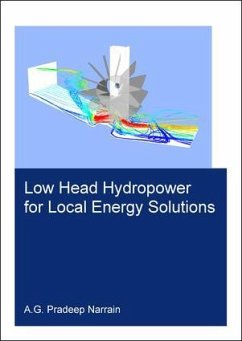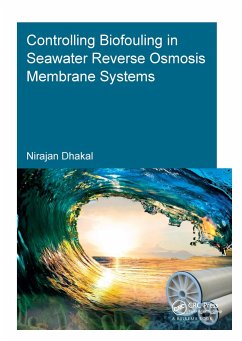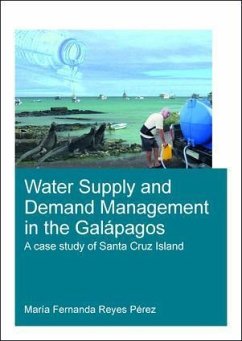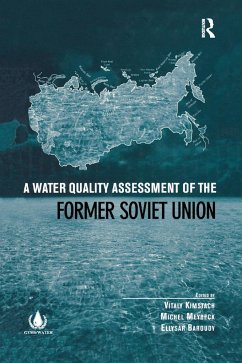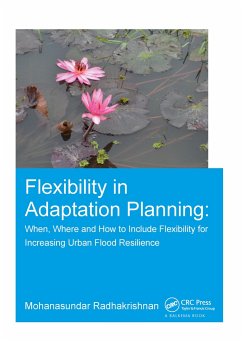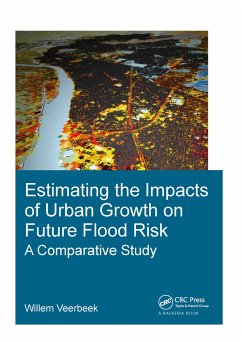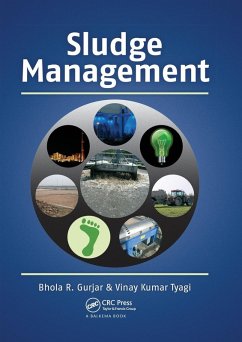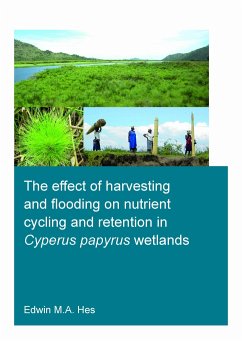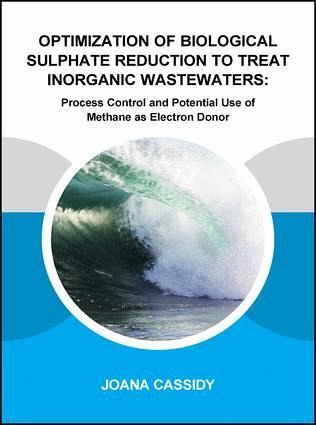
Optimization of Biological Sulphate Reduction to Treat Inorganic Wastewaters
Process Control and Potential Use of Methane as Electron Donor
Versandkostenfrei!
Versandfertig in über 4 Wochen
54,99 €
inkl. MwSt.
Weitere Ausgaben:

PAYBACK Punkte
27 °P sammeln!
This work showed two possible approaches to optimize biological sulphate reduction: a) the development of a control strategy to optimize the input of the electron donor taking into account the accumulation of microbial storage products. A validated mathematical model is presented to assist in the sulphide control strategy; and b) the feasibility of using methane as a carbon source for biological sulphate reduction and possibly other co-substrates to expedite the process.




